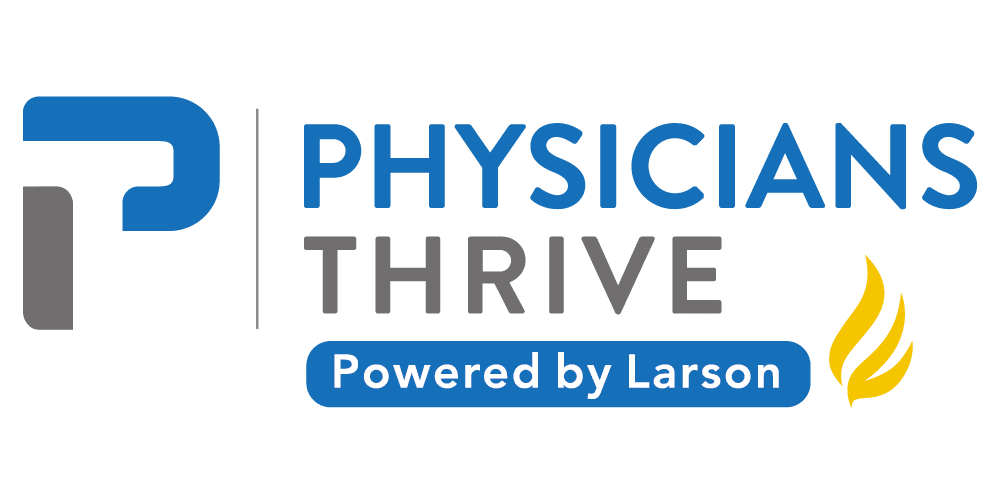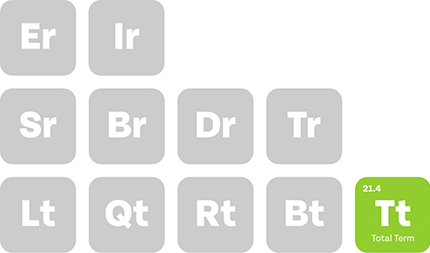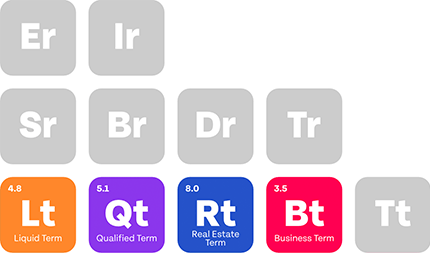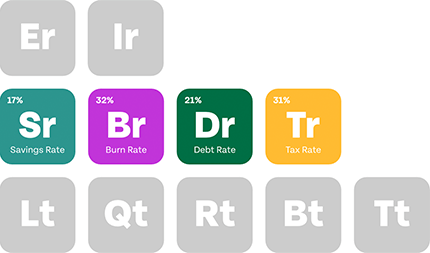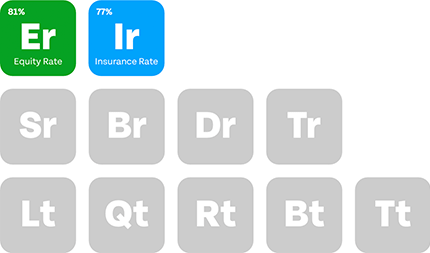Key Takeaways
- Disability insurance provides income protection if you can’t work due to a disability.
- Short-term and long-term policies differ in coverage duration and benefit amounts.
- Eligibility depends on employment status, medical documentation, and policy terms.
- A denied claim can be appealed with proper documentation and insurer guidelines.
What is Disability Insurance?
Disability insurance, or disability coverage, is a financial safety net designed to provide income protection for individuals who are no longer able to work because of a newly acquired disability.
On paper, the process is as simple as paying monthly premiums and receiving coverage if you are no longer able to work. However, in practice, it’s a little more complicated than that.
If you don’t know the details of the process, you may get denied disability insurance even if you have a condition that prevents you from working.
This guide has the information you need to avoid falling into that pothole, so your insurance policy will actually pay your due benefits if you can’t work.
A General Look at Disability Insurance
Disability insurance compensates policyholders for lost income when they are no longer able to work because of a disabling condition.
This can include both short-term and long-term disabilities that result from injuries, illnesses, or other health-related issues, as long as they’re not self-inflicted.
Individual disability insurance can be divided into:
Short-Term Disability Insurance (STD)
STD or short-term disability coverage typically provides benefits for a limited period, often up to one year.
This type is useful for temporary disabilities, such as recovery from surgery or childbirth.
The time before signing up for STD and the policy activation (also known as the elimination period) is typically short, ranging from 0 to 14 days.
The reason is to quickly start the benefits to reduce income loss as much as possible.
STD insurance often replaces only a percentage of your income, not all of it.
Policies can vary, but you can expect around 60–70% of your income to be compensated as benefit payments throughout the disability period.
If we project that percentage on the national average, which is $5,677 per month, the STD will compensate around $3,406–$$3,973 per disability month until the end of the policy.
Long-Term Disability Insurance (LTD)
LTD, or long-term disability coverage, offers coverage for extended periods.
It typically lasts years and can even last until retirement age or until the individual recovers from their long-term disability.
Compared to STD, the elimination period is significantly longer, averaging 90 days to six months.
In other words, the disability must last for this duration before the individual can start receiving benefits.
LTD’s minimum compensation is lower than STD at only 50% of your income, but also a higher maximum limit at 80%.
Putting that on the national average, our monthly benefits range becomes $2,838–$4,541.
How to Qualify for Disability Insurance
Applying individuals must meet specific eligibility criteria that vary depending on whether they are applying for STD or LTD.
Note that there can be slight variations depending on the policy you apply for; however, the following conditions are the usual base ground.
Qualifying for STD
There’s a list of general and medical requirements before you can be eligible for STD. The general ones include:
- Inability to work: You must be unable to perform your regular work duties due to a non-self-inflicted medical condition, injury, or surgery.
- Minimum disability duration: In many cases, you need to be unable to work for at least eight days to qualify for benefits.
- Income loss: You must provide documentation that proves you have lost wages due to your disability.
- Employment status: You must be employed or actively seeking work at the time when your disability period begins.
Keep in mind that you need to meet all, not some of these conditions to qualify.
That being said, you must also be under the care of a licensed health professional within the first eight days of your disability and continue receiving treatment to maintain eligibility for benefits.
Acceptable health professionals include:
- Medical doctors (MDs)
- Osteopathic physicians (DOs)
- Chiropractors
- Nurse practitioners
- Psychologists
- Licensed midwives (for pregnancy-related conditions)
Note: The claims must be filed no earlier than nine days after your disability begins and no later than 49 days after its onset. Delays in filing can disqualify you from acquiring any benefits.
Qualifying for LTD
Qualifying for LTD is fairly similar to qualifying for STD.
You must have a medical condition that qualifies as a disability under the terms of your policy, which means you can no longer perform a job that you are normally qualified for.
You must also submit medical documentation that proves your condition.
However, if you have the following specific conditions as well, you also qualify for LTD, not just STD:
- Chronic illnesses that require long-term treatment, like cancer, heart disease, and such
- Mental health disorders like depression and anxiety (as long as there’s an official diagnosis of the condition supported by documentation)
- Injuries causing permanent damage that prevents you from performing essential job functions
How to Apply for Disability Insurance?
The application process has some slight differences based on your insurance. However, the overall process remains the same.
Assuming that you already qualify for short or long-term disability insurance, here’s what you should do next:
Step 1: Notify Your Employer
If you’re covered under an employer-sponsored plan, inform your employer about your inability to work due to your medical condition.
Write a formal letter or email to your supervisor or HR department explaining that you won’t be returning to work and intend to file for disability benefits.
You should also ask for the required forms that need to be completed by both you and your employer. This typically includes an Employer’s Statement of Claim.
Step 2: Gather the Required Documentation
Collect all necessary documentation that will support your claim. This includes:
Personal Information
These are your contact details like your full name, social security number, contact information, and employment details (job title and salary).
Medical Records
You should gather all the required medical information to support your claim. These typically include:
- Diagnosis and prognosis
- Treatment history
- Any relevant test results
Note that insurance companies will require a medical certification from a licensed healthcare provider as part of the claim process.
For more information, visit the Social Security Administration Official Website.
Employer Statement
Your claim won’t be considered unless your employer supports your claim as well.
They do so by filling out a statement to confirm your employment status, job description, and last date worked.
Step 3: The Application Process
Depending on the insurer, applications may be available online or in paper format. Either way, the process remains the same.
You’ll have to fill out all the self-explanatory information and then fill out the section on how your medical condition affects your workability.
Take your time in this section, be thorough, and mention any treatments you have undergone or expect to undergo in the future for your condition.
Once you’re done, submit your application according to the insurer’s instructions.
Frequently Asked Questions
What Is Excluded From Disability Insurance?
Self-inflicted injuries, disabilities arising from illegal activities, and conditions not meeting the policy’s definition of disability are often excluded. Pre-existing conditions may also have limitations.
Is Disability Insurance Mandatory?
Disability insurance is generally not mandatory, but it’s highly recommended. Additionally, some states may require employers to offer short-term disability insurance. It’s a good idea to look into it as an employee.
What If My Disability Claim Is Denied?
You have the right to appeal the denial. Review the denial letter carefully, gather supporting documentation to improve your chances, and follow the insurer’s appeal process.
Let Us Help You With Your Disability Insurance
We’ve already explained the process, and you can already tell how complex it can get, and individual cases can complicate everything further.
Even if you eventually end up getting your disability insurance benefits, you don’t want to get caught in a long cycle of denials and appeals, especially when you don’t have an active source of income.
If you indeed have a qualifying disability but don’t know what to do next, reach out to us at Physicians Thrive and we’ll match you with our disability insurance services.
We have decades of expertise in the process, and we’ll help you do exactly what you need to do to get your disability benefits on the first try.
Contact us to get started, and we’ll take it over from there.
Related: What does “total disability” mean?

